Description
Madonna and child surrounded by angels by Hans Rottenhammer printed on a T-Shirt
About the T-Shirt
Regular fit
Standard length, the fabric easily gives into movement
Casual wear
A classic, everyday option loved by our customers
Side-seamed
Constructed by sewing two parts together, creating a fitted look
The Unisex Staple T-Shirt feels soft and light with just the right amount of stretch. It’s comfortable and flattering for all. We can’t compliment this shirt enough–it’s one of our crowd favorites, and it’s sure to be your next favorite too!
- Solid colors are 100% Airlume combed and ring-spun cotton
- Ash color is 99% combed and ring-spun cotton, 1% polyester
- Heather colors are 52% combed and ring-spun cotton, 48% polyester
- Athletic and Black Heather are 90% combed and ring-spun cotton, 10% polyester
- Heather Prism colors are 99% combed and ring-spun cotton, 1% polyester
- Fabric weight: 4.2 oz./yd.² (142 g/m²)
- Pre-shrunk fabric
- 30 singles
- Side-seamed construction
- Tear-away label
- Shoulder-to-shoulder taping
- Blank product sourced from Nicaragua, Mexico, Honduras, or the US
Hans Rottenhammer (1564 – 1625)
Johann Rottenhammer, or Hans Rottenhammer, was a German painter. He specialized in highly finished paintings on a small scale.
He was born in Munich, where he studied until 1588 under Hans Donauer the Elder. In 1593-4 (and perhaps earlier) he was in Rome, and he then settled in Venice from 1595-6 to 1606, before returning to Germany and settling in Augsburg, working also in Munich. He died in Augsburg, apparently in some poverty, and according to some sources an alcoholic.
In Venice he gained a reputation for small highly finished cabinet paintings on copper, of religious and mythological subjects, combining German and Italian elements of style. In particular he combines the landscape tradition of the North with the compositional and figure styles of Tintoretto and Veronese. While in Venice, Rottenhammer made a copy of Albrecht Dürer’s painting Feast of the Rosary, until the 19th century in the possession of the Grimani family in Venice, but since considered missing. He was the first German artist to specialize in cabinet paintings. In Rome he knew the earlier members of the Bamboccianti, a circle of Northern artists (before the name itself arose), and remained in regular contact with Paul Bril, a Flemish artist living in Rome, sending him plates with the figures painted on for Bril to supply the landscape, according to a dealer’s letter of 1617. He also collaborated with Jan Brueghel the Elder in a similar way. He was commissioned in 1600 to paint a Feast of the Gods for Emperor Rudolph II (now Hermitage). A good example of his early style, in which he approaches Tintoretto, is his Death of Adonis in the Louvre.
Once back in Germany, he worked on larger altarpieces and decorative schemes for palaces, including the Munich Residenz and Schloss Bückeborg(Goldener Saal), more in the style of Northern Mannerism than his Italian work.
He is believed to have employed Adam Elsheimer as an assistant in 1598 or 1599, and no doubt gave Elsheimer an introduction to Bril; when Elsheimer moved on to Rome he and Bril became close friends. Two drawings by Rottenhammer (now in Copenhagen) belonged to Elsheimer, and have an inscription noting they were a gift from Rottenhammer. Elsheimer’s mature paintings are all small and on copper, and continue to develop Rottenhammer’s synthesis of German and Italian styles, and use of landscape. Among his noted works are those painted for Emperor Rudolph II of Austria: Nativity (1608), Battle Between Centaurs and Lapithæ, and four others, in the Vienna Museum.

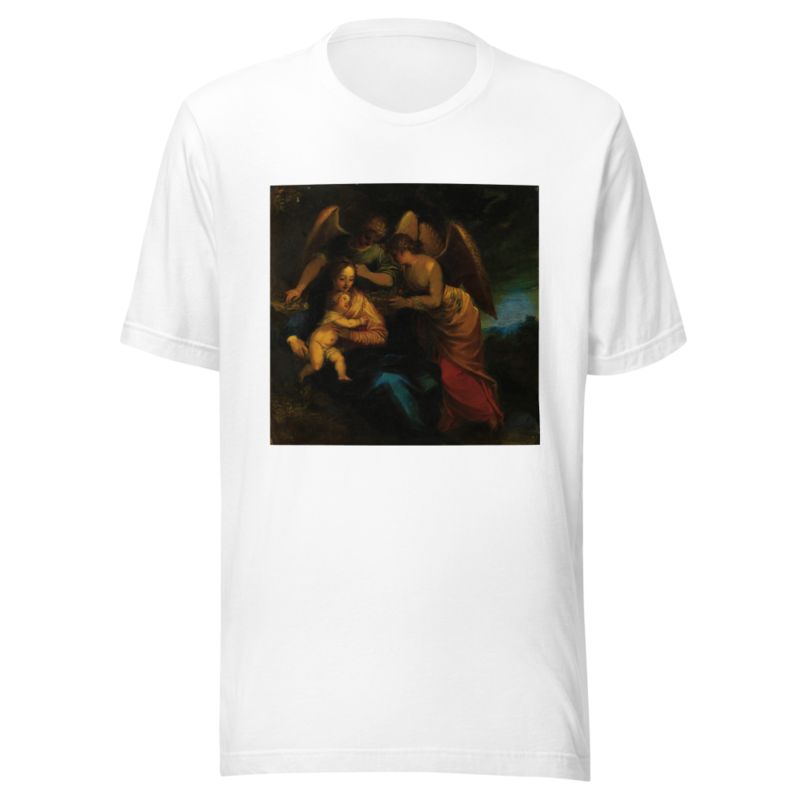
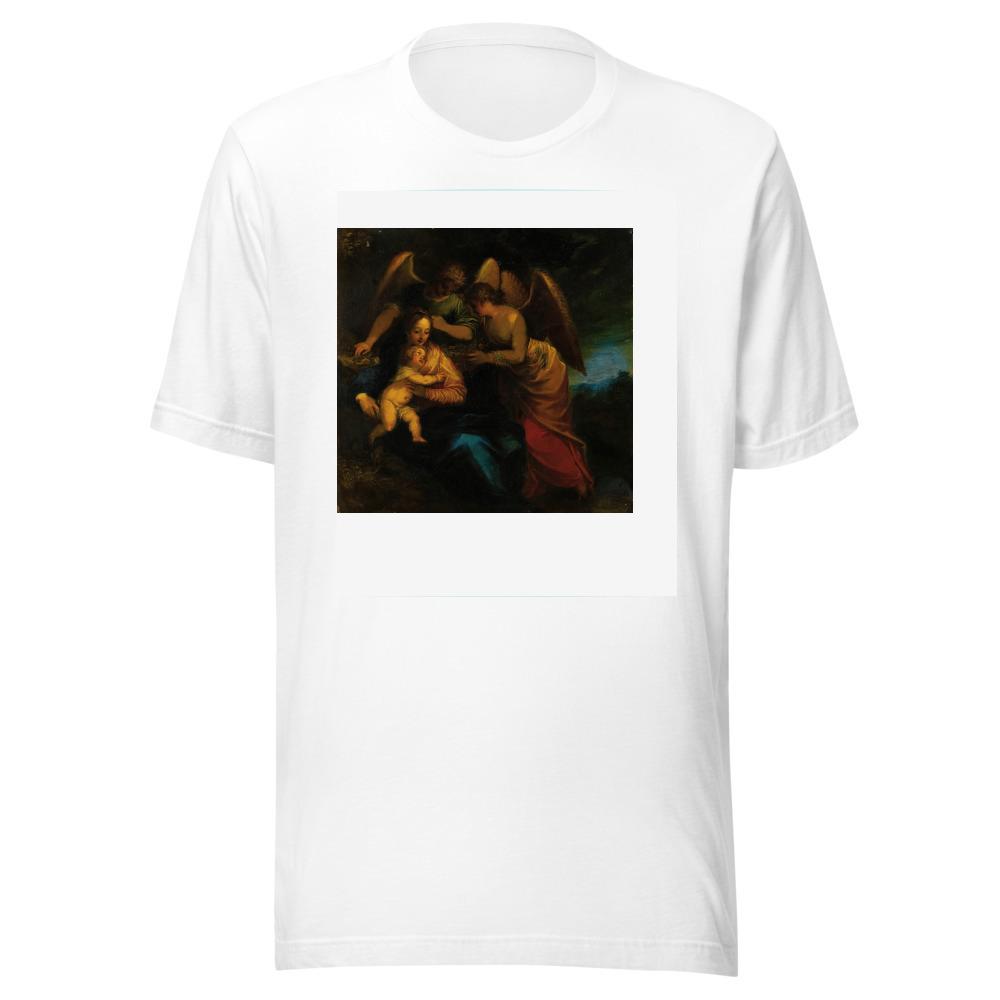
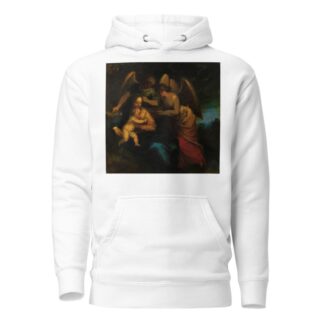
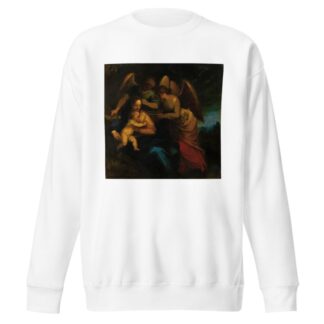
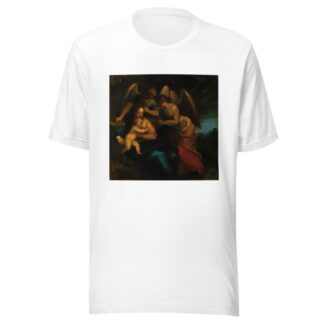
Reviews
There are no reviews yet.